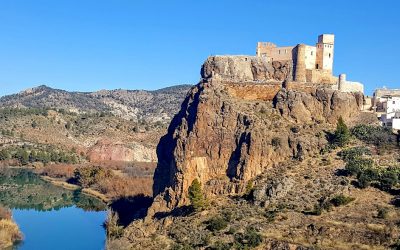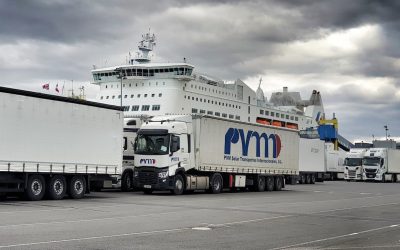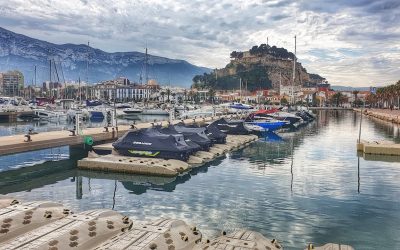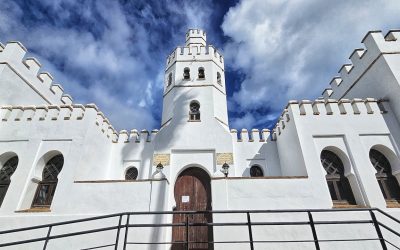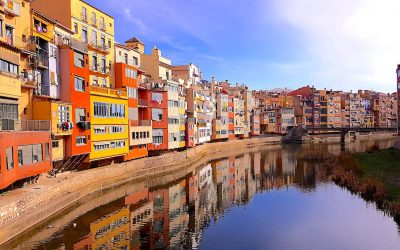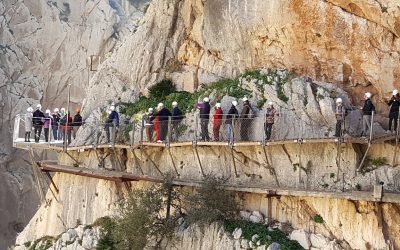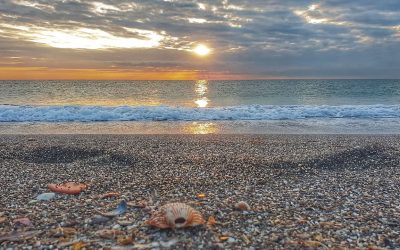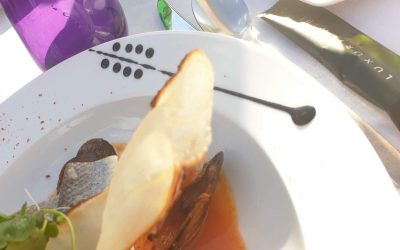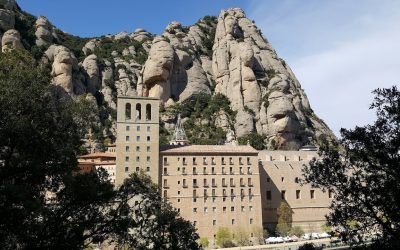In this new Wonderful Walks feature, I share some of the wonderful hikes I’ll do whilst on our travels around the world. This first...
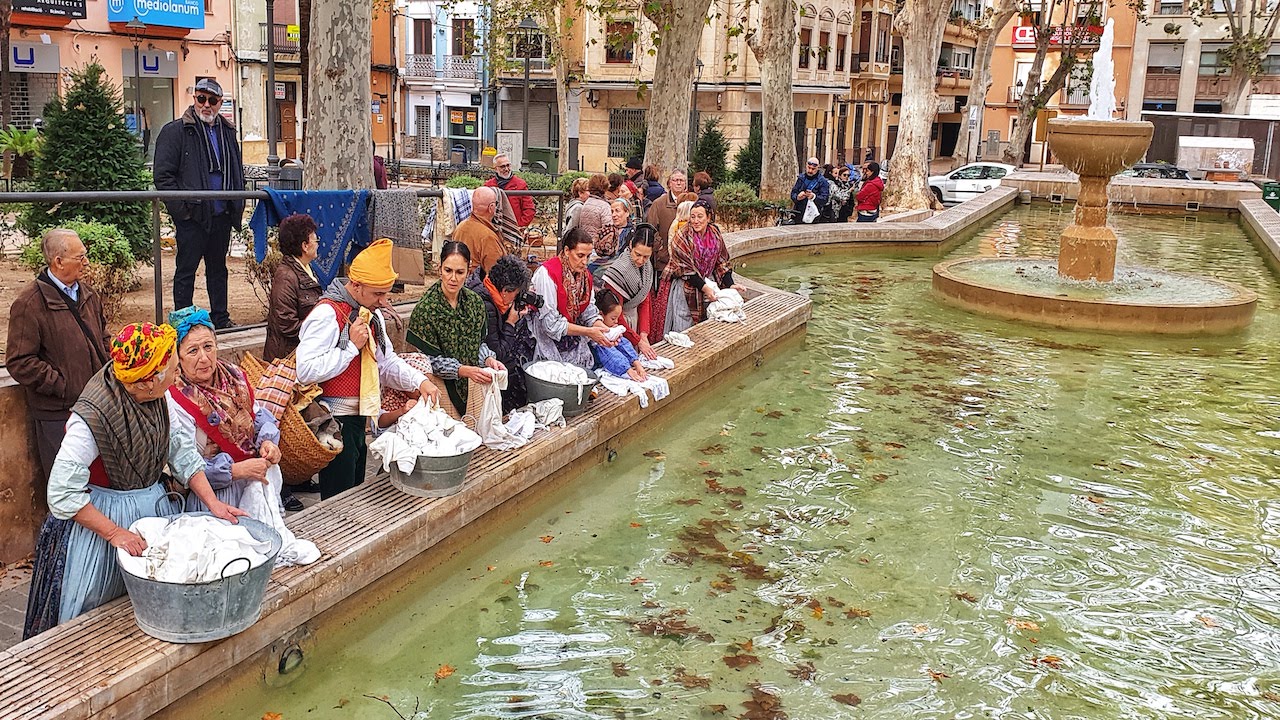
Spain
Spain
Viva Espagna! Our very first foray into the world of motorhome travel was sheltered in the arms of Spain. And with many returns since, we have come to love the country. Our more recent excursions along the north coast puts this part of the peninsular at the top of our Top 10 list. Videos and blogs to come very soon. In the meantime I’m sure these blogs and Youtube content will keep you amused.
Epic Routes with the Motorhome; France to Spain
The joy of owning our own wheels is as much about the epic routes we take with the motorhome as the destination we arrive at. Winter is a...
Which is best? Spain to Italy – Road or Ferry?
The Age-old Conundrum - Road or Ferry? Europe’s shores are calling; adventure, culture and a rich tapestry of beautiful scenery awaits....
What to see when visiting Denia
Exploring Dénia is a delight; sat in the south east corner of Spain, it teeters on the edge of the Costa Blanca magnet. And yet Dénia...
Five Practical Routes from UK to Spain
Spain is a regular haunt for many British motorhomers, especially during the winter. So choosing...
Bilbao and its Guggenheim
Think of Spain's Bilbao and what comes to mind? Ferries, industrial port or perhaps the most iconic building - The Guggenheim...
Reasons to tour Spain in a motorhome
Travelling through Spain over the last two years has been an enlightening experience that has taught us plenty, surprised us consistently...
How to spend 24 hrs in Girona
The first thing that struck us as we arrived in this Catalan city was how quiet it was. I suppose we have comparisons of...
Caminito Del Rey, Spain: Conquering the fear
Travel’s Classroom Conquering my fear at El Caminito Del Rey, Spain Integrity is so important when you write about...
Exploring inland of Malaga
Spain; the image of its Costas, tavernas and golf courses, enticing holiday makers to indulge in the heat of the summer and...
The Republic Restaurant Denia
Republic Restaurant, Dénia Marina, Spain So imagine this... It's winter and the archetypal seasonal blues are hibernating...
Exploring Beyond Barcelona
Now don't get me wrong, Barcelona is such a vibrant, engaging and enthralling city, that a weekend will more than do its streets and...
Follow us
You can find us on social media,
different channels for different content.


